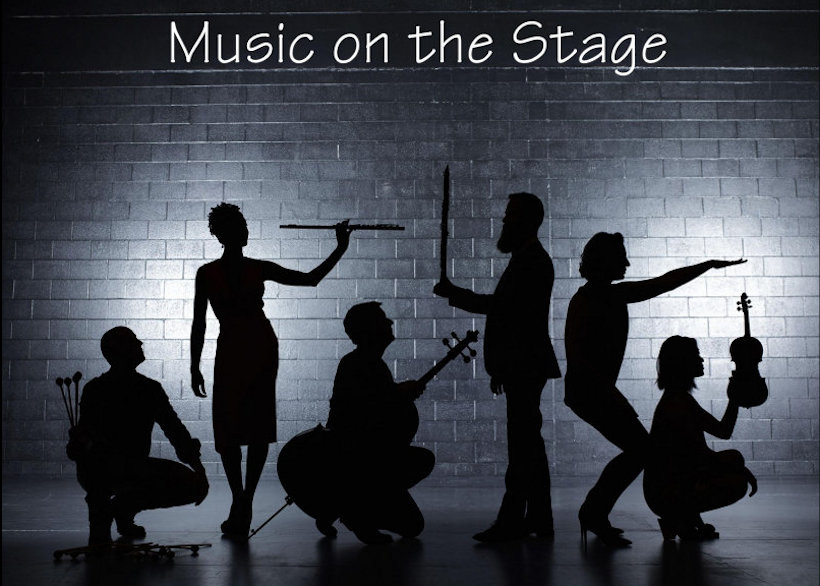2. Asian Arts.
Japanese Noh drama, which first appeared in the early 1400s, is the oldest continually-practiced drama form in the world.
Studying Noh, and to a lesser extent the later Japanese art-forms of Kabuki and Bunraku, reveals a very
different aesthetic from that prevailing in Western theater today, though it is one that casts light on the ritual origin of
some even more ancient Western theatrical forms that are no longer practiced. Similarly the music that accompanies Japanese
performances challenges assumptions that we may make about our own music today.
To some extent the title of this class, "Asian Arts," is a misnomer. In addition to an hour focused on Japan and another half-hour
on Bali, we will make a brief visit to Africa. This is because a secondary purpose of looking at the ancient arts of other cultures
is to observe their influence on modern artists in Europe or America, which will increasingly become the focus of the second hour.
So each section on Japan, Bali, or Africa will end with one or more works from our contemporaries, whether writing for a church in
the English fenland or a mega-musical on Broadway. rb.
The script, videos, and images will be posted immediately after class.
Here are brief bios of the artists, composers, and writers considered in the class, listed in order of birth.
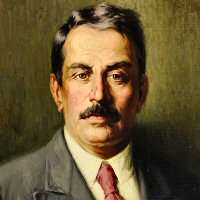 |
Giacomo Puccini, 1858–1924. Italian composer.
Puccini took up the mantle of Verdi as the dominant opera composer of the late 19th century, and developed an international popularity that is unrivaled to this day. His principal works include: Manon Lescaut (1893), La bohème (1896), Tosca (1900), Madama Butterfly (1904), and the unfinished Turandot (1926).
|
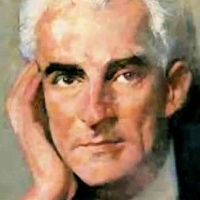 |
Maurice Ravel, 1875–1937. French composer.
Though often grouped with Debussy as a musical Impressionist, Ravel was very much his own man. As a composer with a strong sense of tradition, he often wrote in older dance forms. As a virtuoso pianist, he wrote piano music of transcendent difficulty that extended the range of piano techniques. And as a master orchestrator, he enriched 20th-century music with some of its most vibrant colors.
|
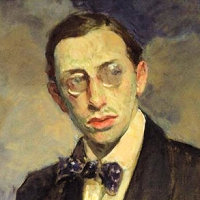 |
Igor Stravinsky, 1882–1971. Russian-American composer.
Starting as an enfant terrible in Paris with the ballets he wrote for Serge Diaghilev, he gradually pared back his resources, developing a neo-classical style between about 1930 and 1955, but eventually turning his back on tonality.
|
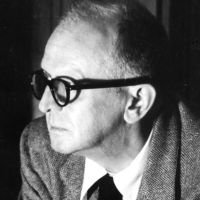 |
Colin McPhee, 1900–64. Canadian-American composer and ethnomusicologist.
McPhee "is best known for being the first Western composer to make a musicological study of Bali, and to develop American gamelan along with fellow composer Lou Harrison. He wrote original music influenced by that of Bali and Java, decades before such compositions that were based on world music became widespread." [Wikipedia]. He studied composition at the Peabody Conservatory.
|
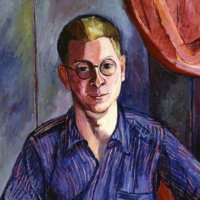 |
William Plomer, 1903–73. South African writer.
Plomer, who was raised in South Africa, spent three years in Japan between the wars. Moving to England in 1939, he became friends with EM Forster, Virginia Woolf, and other members of the Bloomsbury Group, and with Bnjamin Britten, for whom he wrote the libretto of Gloriana (1953) and his three Noh-based church operas beginning with Curlew River (1964). He was also a poet and a literary editor for Faber and Faber.
|
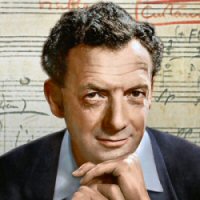 |
Benjamin Britten, 1913–76. English composer.
Arguably the leading opera composer of the mid-20th century, Britten's major operas have included Peter Grimes (1945), Billy Budd (1951), Gloriana (1953), A Midsummer Night's Dream (1960), and Death in Venice (1973), plus many stage works for smaller forces. He was equally active as a composer of instrumental music and text settings, and latterly as a conductor and accompanist.
|
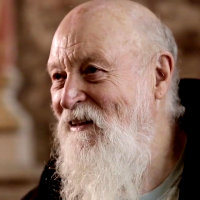 |
Terry Riley, 1935– . American composer.
Influenced by jazz and classical Indian music, Riley was a pioneer of American Minimalism in the 1960s, and his 1964 work In C is cited as the seminal piece to bring the style to public awareness. He has continued to perform and compose, working with the repetition of short motifs, aleatoric tchniques, and the combination of live and taped sound.
|
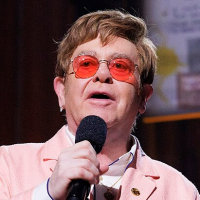 |
Elton John, 1947– . English singer and composer.
Sir Elton John (birth name Reginald Dwight) achieved fame as a singer-songwriter in the 1970s, working primarily with the lyricist Bernie Taupin. In his later career, he found new success as composer of such shows as The Lion King (1994) and Billy Elliot (2005). He is an outspoken advocte for AIDS prevention and gay rights.
|
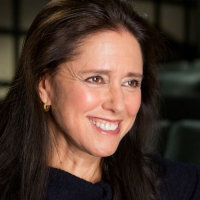 |
Julie Taymor, 1952– . American director, designer, and filmmaker.
Taymor studied mime in Paris, physical theater in New York, and Asian arts in Seattle all before graduating from Oberlin. After graduation, she spent two years in Japan and Indonesia, both learning traditional skills from others and developing her own company. These experiences have been the root of her signature mixed-media style, as seen in such productions as The Lion King (1997) on Broaway and The Magic Flute (2005) for the Met.
|
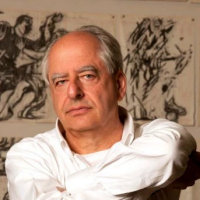 |
William Kentridge, 1955– . South African artist and director.
Although he studied charcoal drawing as a child, Kentridge originally hoped to become an actor, and studied at the Théâtre Jacques Lecocq in Paris. Realizing his limitations as a performer, he stuck to art as a career, producing a series of works on paper and film, often with themes of social justice. In later years, his two interests have combined in a series of opera productions combining live action and film, such as his Wozzeck and Lulu for the NY Met.
|
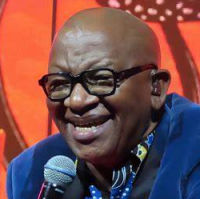 |
Lebohang Morake, 1964– . South African songwiter.
Known professionally as LEBO M, Morake was brought to Hollywood in 2018 to work on the African songs in The Lion King, and continued to work on its various spinoffs and other Disney movies. He has also maintained a performing career as a singer.
|
